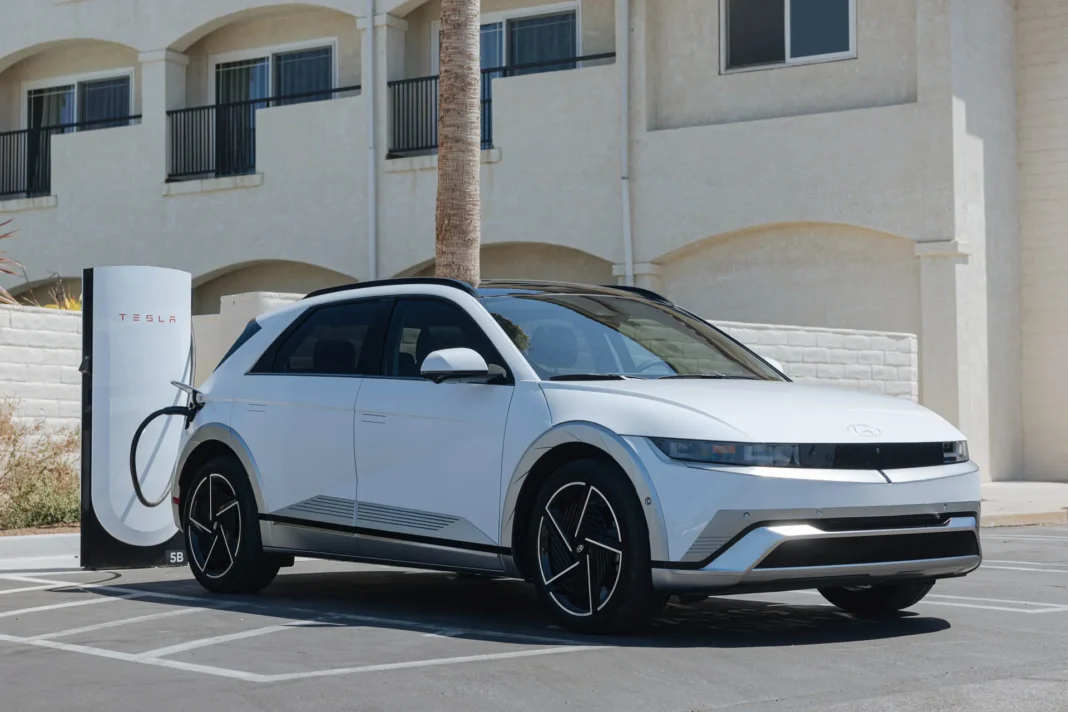- The 2025 Hyundai Ioniq 5 sports bigger batteries, more range, and a Tesla NACS charge port
- The 2025 Hyundai Ioniq 5 will be made in Georgia
- The 2025 Hyundai Ioniq 5 costs $43,975 and arrives at dealers by the end of the year
The 2025 Hyundai Ioniq 5 receives a number of notable updates, including bigger battery packs, a Tesla North American Charging Standard (NACS) port, and more rugged XRT variant. It will also be the first Hyundai EV built at the automaker’s new manufacturing complex in Georgia, dubbed the “Metaplant.”
Arriving at dealerships before the end of the year, the 2025 Hyundai Ioniq 5 costs $43,975 including a $1,475 destination charge, which translates to $780 more than the 2024 model.
Battery-pack sizes grow from 58.0 kwh to 63.0 kwh for Standard Range models and 77.4 kwh to 84.0 kwh for Long Range models—with increases in EPA range for both with up to 318 miles of driving range now. The change was hinted at with the raucous 2025 Hyundai Ioniq 5 N performance model, which debuted earlier this year with the 84.0-kwh pack.
The single-motor SE Standard Range now has 245 miles of range. Single-motor SE, SEL, and Limited models with the bigger pack get a bump from 303 miles to 318 miles of range. Dual-motor versions of those models get 259 miles to 290 miles of range, depending on the specific trim level and wheel/tire size, up from the previous 260 miles.
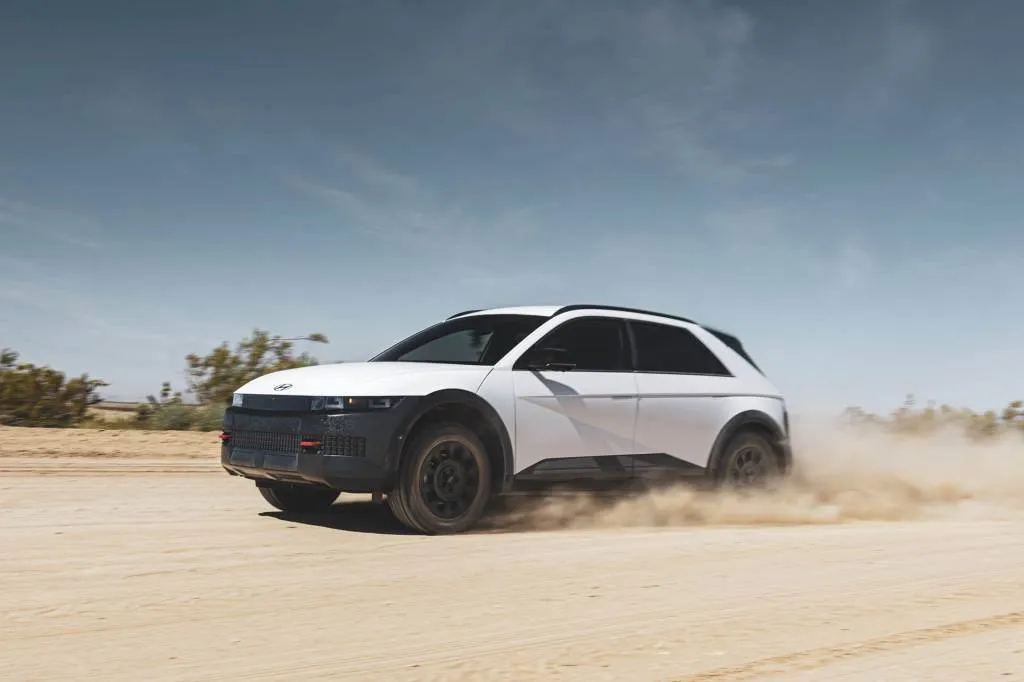
2025 Hyundai Ioniq 5
A new XRT grade also joins the lineup for 2025, marking the first time this off-road-inspired trim has been applied to a Hyundai EV. The Ioniq 5 XRT receives a 0.9-inch suspension lift, new suspension tuning, all-terrain tires on 18-inch wheels, and exterior cladding with a digital camouflage pattern. It’s only available with the dual-motor powertrain and larger battery pack, but Hyundai did not have a range estimate at press time.
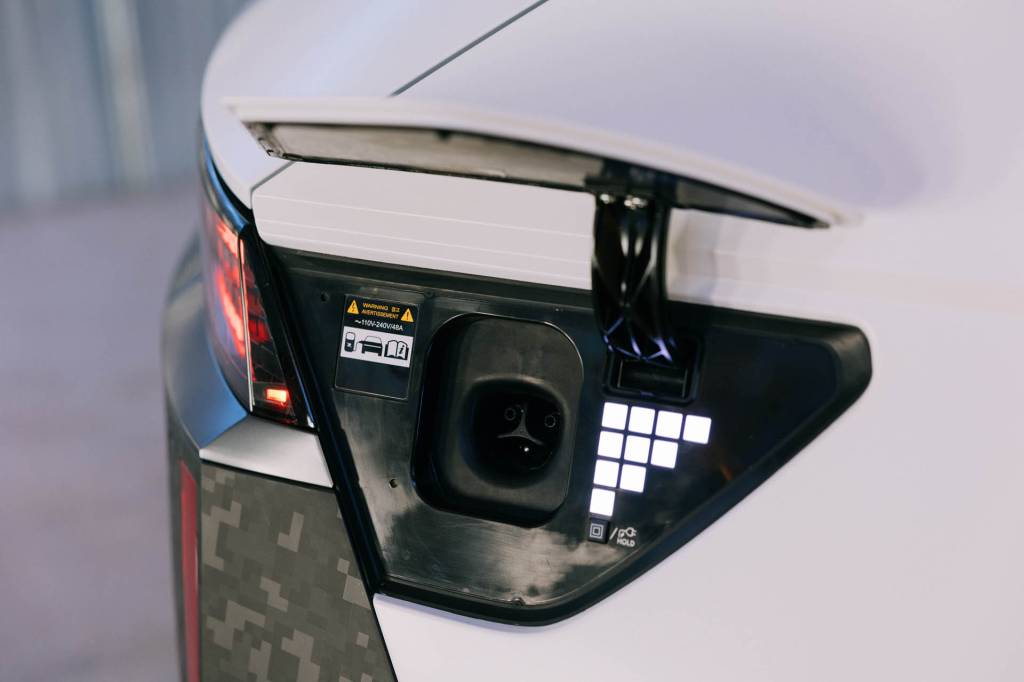
2025 Hyundai Ioniq 5
The Ioniq 5 will be the first Hyundai EV with a built-in Tesla NACS charge port, which Hyundai says will open up access to more than 17,000 Tesla Supercharger stations without requiring an adapter. Hyundai will instead sell an adapter for the Combined Charging Standard (CCS) port the Ioniq 5 previously used. All new or refreshed Hyundai EVs will come exclusively with a NACS port starting in the fourth quarter of this year. On a Supercharger Hyundai said the Ioniq 5 will DC fast-charge from 10-80% in 24 minutes with the smaller 63.0-kwh battery pack and 30 minutes with the larger 84.0-kwh pack. Those charge times drop for both packs to an even 20 minutes with a CCS adapter on a 250-kw or higher charger.
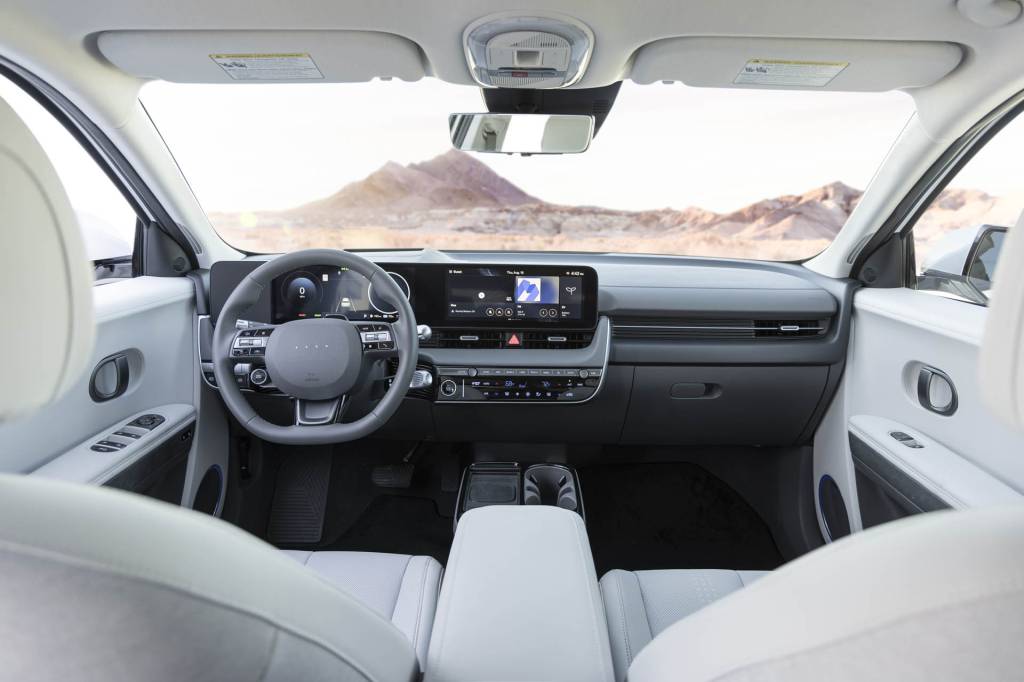
2025 Hyundai Ioniq 5
Like some other 2025 Hyundai models, the Ioniq 5 finally offers wireless Apple CarPlay and Android Auto as standard equipment on all models. A parking collision-avoidance assist feature and sensors to detect whether the driver has their hands on the steering wheel are new, while the lane-centering and remote automated parking assist features are updated.
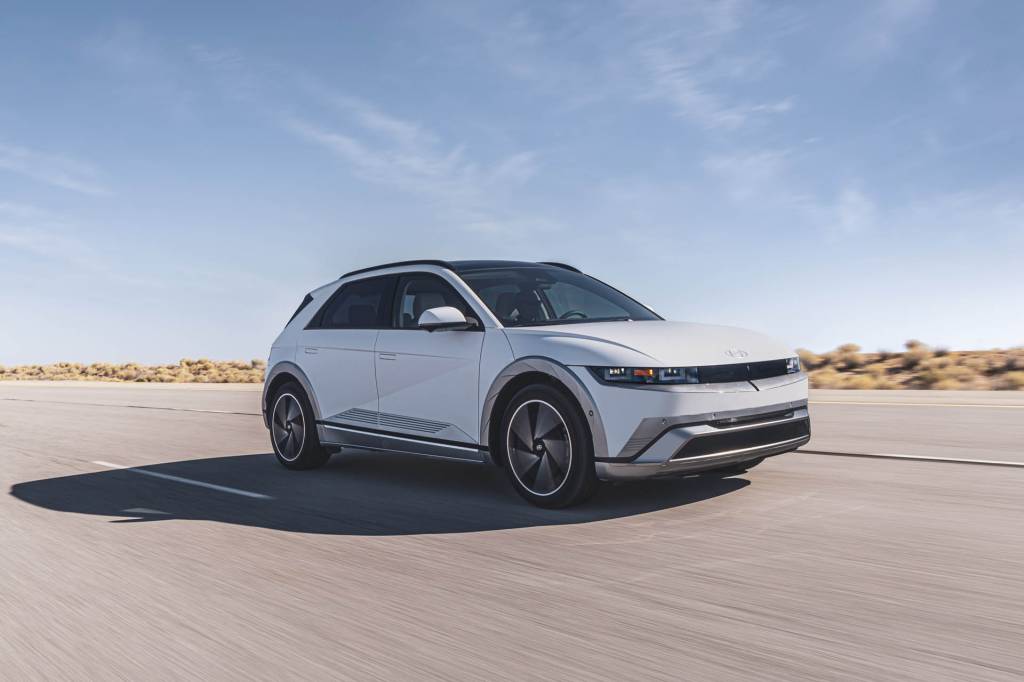
2025 Hyundai Ioniq 5
Exterior styling changes include new front and rear bumpers, a new rear spoiler, and new wheel designs Hyundai claims are more aerodynamic. Under the skin, the body shell, front and rear doors, and parts of the B-pillars have been reinforced to improve side-impact protection. Inside, the Ioniq 5 features a redesigned center console and climate controls, as well as a new steering wheel design.
As confirmed by Hyundai earlier this year, the Ioniq 5 will be the first EV built at the automaker’s new Georgia factory. This will help 2025 models qualify for a $3,750 federal tax credit, but Hyundai will continue to offer a $7,500 discount to lease customers through a loophole in the rules.

